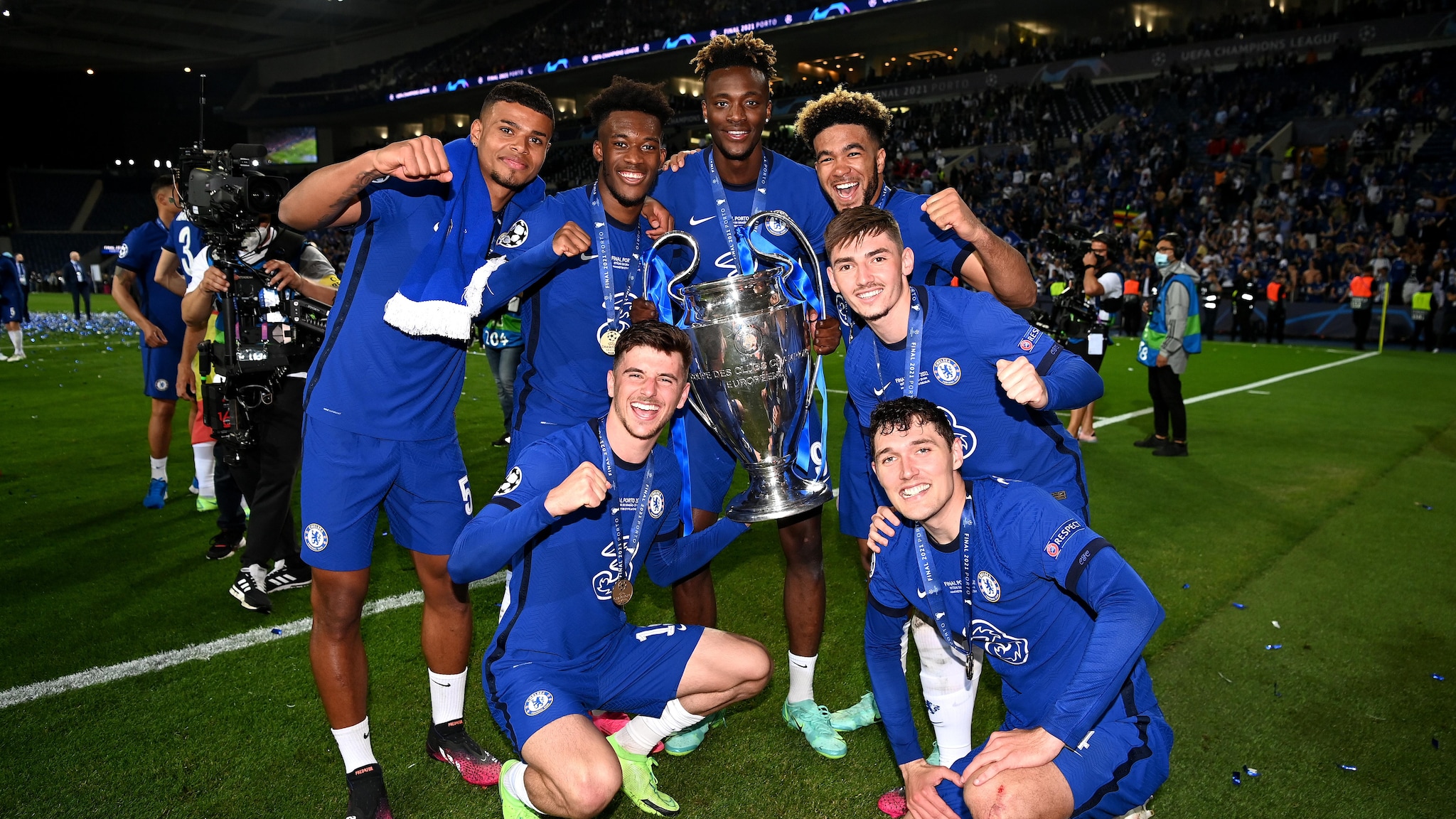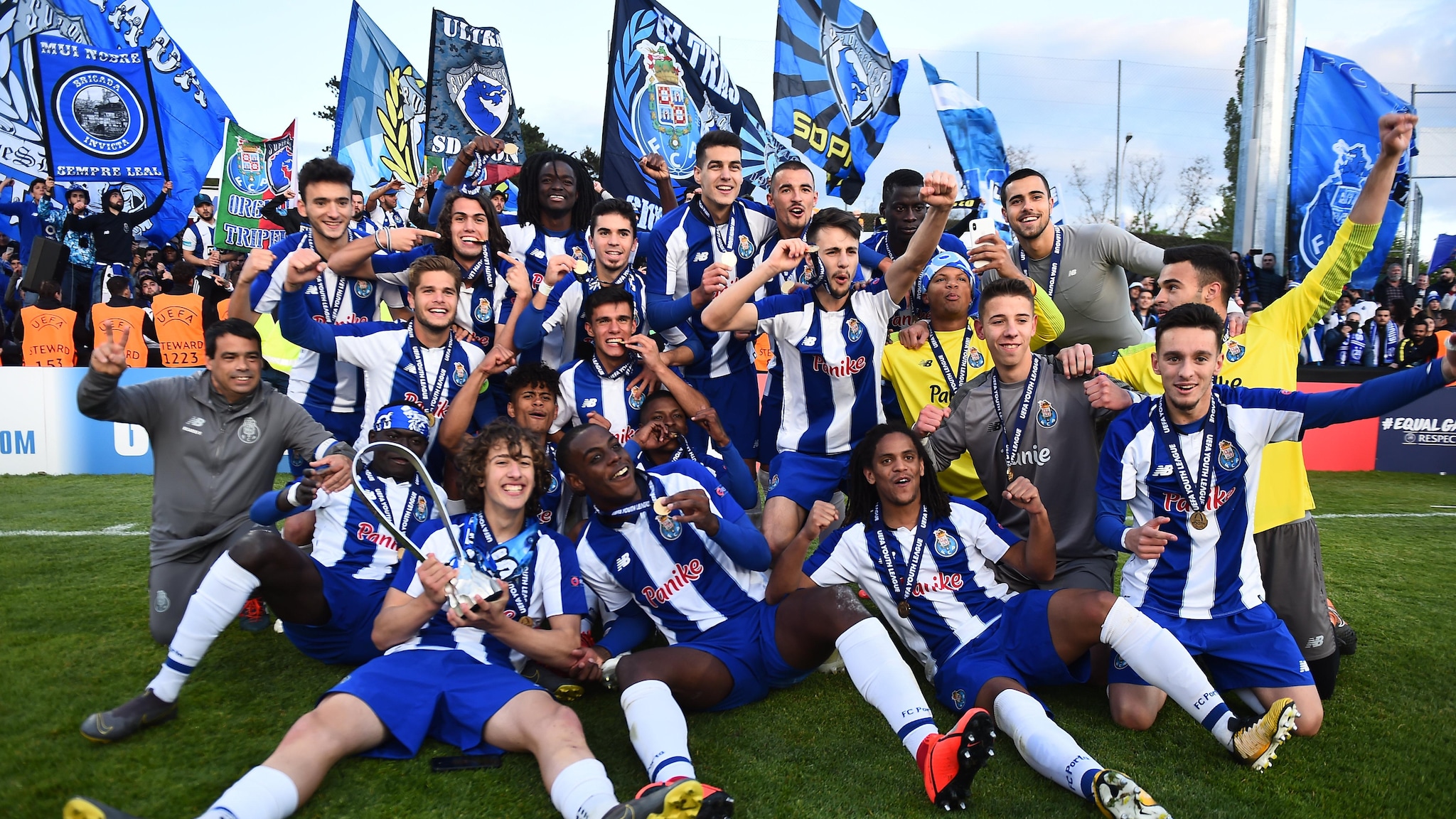Youth Alliance League Cup: A vibrant tapestry of youthful talent and fierce competition, this tournament has become a proving ground for aspiring footballers. From its humble beginnings, the league has evolved, shaping the careers of countless players and leaving an indelible mark on the world of youth football. Its history is rich with memorable matches, underdog stories, and the rise of future stars.
This exploration delves into the history, structure, and impact of the Youth Alliance League Cup, examining its role in player development, fan culture, and the future of youth football. We will highlight key moments, notable teams and players, and analyze the tournament’s enduring legacy.
History of the Youth Alliance League Cup
The Youth Alliance League Cup boasts a rich history, shaping young talents and contributing significantly to the development of youth football. Its origins trace back to [Year of Founding], when [Number] teams from across [Region] initially participated. The early years saw a simpler format, often a straight knockout competition. Over time, the tournament evolved, incorporating group stages to allow for more matches and a more comprehensive assessment of team capabilities.
Rule changes, particularly regarding player eligibility and substitution allowances, reflected broader shifts in youth football regulations.
Early Years and Evolution of the Tournament Format
The inaugural Youth Alliance League Cup featured a straightforward knockout format, with teams progressing based on single-leg matches. As the tournament gained popularity, a group stage was introduced to provide more competitive opportunities. This change also allowed for a more comprehensive assessment of team strengths and weaknesses before the knockout rounds. The number of participating teams also increased steadily, necessitating adjustments to the scheduling and overall structure of the tournament.
Notable rule changes over the years include alterations to substitution limits, reflecting changes in FIFA regulations regarding youth football.
Significant Events and Memorable Matches
The history of the Youth Alliance League Cup is punctuated by memorable matches and significant milestones. The [Year] final between [Team A] and [Team B], decided by a last-minute goal, remains a classic. Similarly, the [Year] upset victory by [Underdog Team] over heavily favored [Favored Team] continues to be discussed amongst fans. These events highlight the unpredictable nature of youth football and the cup’s ability to create dramatic moments.
Notable Players Who Rose to Prominence
Many players who achieved professional success have honed their skills in the Youth Alliance League Cup. [Player A], known for his [key skill], used the cup as a springboard to a successful career with [Professional Team]. Similarly, [Player B]’s performances in the cup caught the eye of scouts, leading to a contract with [Professional Team]. These success stories highlight the cup’s importance as a talent identification platform.
Tournament Structure and Rules
Participation in the Youth Alliance League Cup involves a qualification process, typically based on league standings in regional youth competitions. The tournament structure usually combines a group stage followed by a knockout phase. Player eligibility, substitution rules, and disciplinary measures are strictly defined to ensure fair play and player welfare.
Qualification Process and Group Stage
Teams qualify based on their performance in their respective regional youth leagues. The top [Number] teams from each league usually secure a place in the Youth Alliance League Cup. The group stage typically involves [Number] groups, with each group comprising [Number] teams. Teams play each other once within their group, with the top [Number] teams from each group advancing to the knockout stage.
Knockout Stage and Seeding Process
The knockout stage follows a standard single-elimination format. Seeding is typically determined by the final group stage standings. Higher-ranked teams are usually given a favorable draw, avoiding each other in early rounds. Matches are played until a winner is crowned.
Rules and Regulations
| Player Eligibility | Substitutions | Disciplinary Actions | Other Rules |
|---|---|---|---|
| Players must be within the specified age range ([Age Range]). Registration requirements include proof of age and club affiliation. | A maximum of [Number] substitutions are allowed per match. Substitutions can be made at designated times during the game. | Yellow and red cards are issued for fouls and misconduct. Accumulation of yellow cards can result in suspensions. | Specific rules regarding equipment, playing time, and conduct are also in place. |
Notable Teams and Players
Certain teams have dominated the Youth Alliance League Cup throughout its history. Analyzing their playing styles reveals recurring themes of success. Furthermore, individual players have left indelible marks on the tournament through exceptional performances.
Most Successful Teams, Youth alliance league cup
[Team A] holds the record for most wins with [Number] victories in [Years]. [Team B], a consistent contender, has secured [Number] titles in [Years]. These teams’ success is often attributed to their strong youth academies and well-defined playing philosophies.
Playing Styles and Strategies
[Team A] is known for its possession-based style, emphasizing patient build-up play and precise passing. In contrast, [Team B] favors a more direct approach, utilizing quick transitions and exploiting space behind the defense. These contrasting styles highlight the diversity of tactical approaches within the tournament.
Top Individual Performers
- [Player C]: [Achievements and Contributions]
- [Player D]: [Achievements and Contributions]
- [Player E]: [Achievements and Contributions]
Comparison of Playing Styles: [Team A] vs. [Team B]
While both teams aim for victory, their approaches differ significantly. [Team A]’s emphasis on possession allows for controlled play and reduces risk, while [Team B]’s direct style prioritizes speed and exploiting defensive vulnerabilities. Both strategies have proven successful, demonstrating the tournament’s adaptability to various playing philosophies.
Impact and Significance of the Youth Alliance League Cup
The Youth Alliance League Cup plays a vital role in player development and talent identification. It serves as a crucial stepping stone for many young players aspiring to professional careers. The tournament’s contribution to the growth of youth football is undeniable, shaping future generations of players and fans.
Role in Player Development and Talent Scouting

The competitive environment of the Youth Alliance League Cup provides invaluable experience for young players. The pressure of high-stakes matches, coupled with exposure to skilled opponents, accelerates their development. The tournament also attracts scouts from professional clubs, offering talented players a pathway to professional football.
Further details about the league cup draw is accessible to provide you additional insights.
Players Who Progressed to Professional Careers
- [Player F]: From the Youth Alliance League Cup to [Professional Club]
- [Player G]: From the Youth Alliance League Cup to [Professional Club]
- [Player H]: From the Youth Alliance League Cup to [Professional Club]
Contribution to the Growth of Youth Football
The Youth Alliance League Cup’s popularity contributes to the overall growth of youth football. The tournament fosters a sense of community among young players, coaches, and fans. Its success encourages investment in youth football infrastructure and programs.
Hypothetical Scenario: Long-Term Impact of a Successful Campaign
Imagine a player, [Player I], who leads their team to victory in the Youth Alliance League Cup, showcasing exceptional talent and leadership. This success could attract significant media attention, leading to scouting interest from top professional clubs. A lucrative contract and a successful professional career could follow, transforming their life and inspiring future generations.
Fan Culture and Media Coverage
The Youth Alliance League Cup fosters a vibrant fan culture and attracts considerable media attention. The atmosphere at matches is typically enthusiastic, with passionate support from families, friends, and dedicated fans. The tournament’s media coverage varies, depending on the match’s significance and the participating teams’ profiles.
Atmosphere and Fan Engagement
The atmosphere at Youth Alliance League Cup matches is typically lively and family-friendly. Fans create a vibrant atmosphere, cheering on their teams and celebrating memorable moments. The passionate support from the stands significantly enhances the overall experience.
Memorable Moments from the Stands
Many memorable moments have occurred in the stands, reflecting the passion and enthusiasm of the fans. For example, the spontaneous eruption of cheers following an unexpected goal or the unwavering support shown to a team struggling to overcome adversity are examples of the strong connection between fans and the tournament.
Level of Media Coverage
The Youth Alliance League Cup receives coverage from various media outlets, including local newspapers, regional television channels, and online sports websites. The extent of coverage varies depending on the importance of the match and the participating teams’ profiles. Major finals often receive significant media attention.
Comparison of Fan Engagement
| Youth Alliance League Cup | [Similar Youth Tournament] | Key Differences | Similarities |
|---|---|---|---|
| High level of family engagement, passionate local support | Strong online community, national media attention | Youth Alliance League Cup has stronger local community ties, while the other tournament has broader national reach. | Both tournaments show significant fan engagement and passionate support for the participating teams. |
Future Prospects and Challenges
The Youth Alliance League Cup faces challenges and opportunities as it looks to the future. Strategies to enhance its popularity and attract more participants are crucial for its continued success. Potential improvements to the tournament’s format and rules could further enhance its impact.
Challenges Facing the Tournament
Maintaining consistent participation levels, securing adequate funding, and adapting to evolving trends in youth football are key challenges. Competition from other youth tournaments and the need to constantly innovate to keep the tournament fresh and engaging are also important considerations.
Strategies to Enhance Popularity and Participation
Strategies to enhance popularity include improving media coverage, strengthening community engagement, and exploring partnerships with professional clubs. Investing in improved facilities and offering incentives for participation could also attract more teams.
Potential Changes or Improvements

Introducing new formats, such as a play-off system for teams that didn’t qualify directly, or expanding the tournament to include international teams could increase excitement. Modernizing the rules and regulations to reflect changes in youth football could also enhance the tournament’s relevance.
Proposed Improvement: International Participation
Introducing international teams into the Youth Alliance League Cup would significantly enhance the tournament’s prestige and attract greater media attention. This would provide young players with exposure to different playing styles and cultures, accelerating their development. A visually appealing graphic could illustrate the expansion, showing participating teams from different countries, showcasing a global map with highlighted participating nations.
The impact would be increased global recognition, heightened competition, and a more diverse and exciting tournament.
The Youth Alliance League Cup stands as a testament to the power of youth football, showcasing not only exceptional talent but also the passion and dedication of players, coaches, and fans. As the tournament continues to evolve and adapt to the changing landscape of the sport, its future remains bright, promising to nurture future generations of football stars and further cement its place in the annals of youth sporting competitions.

